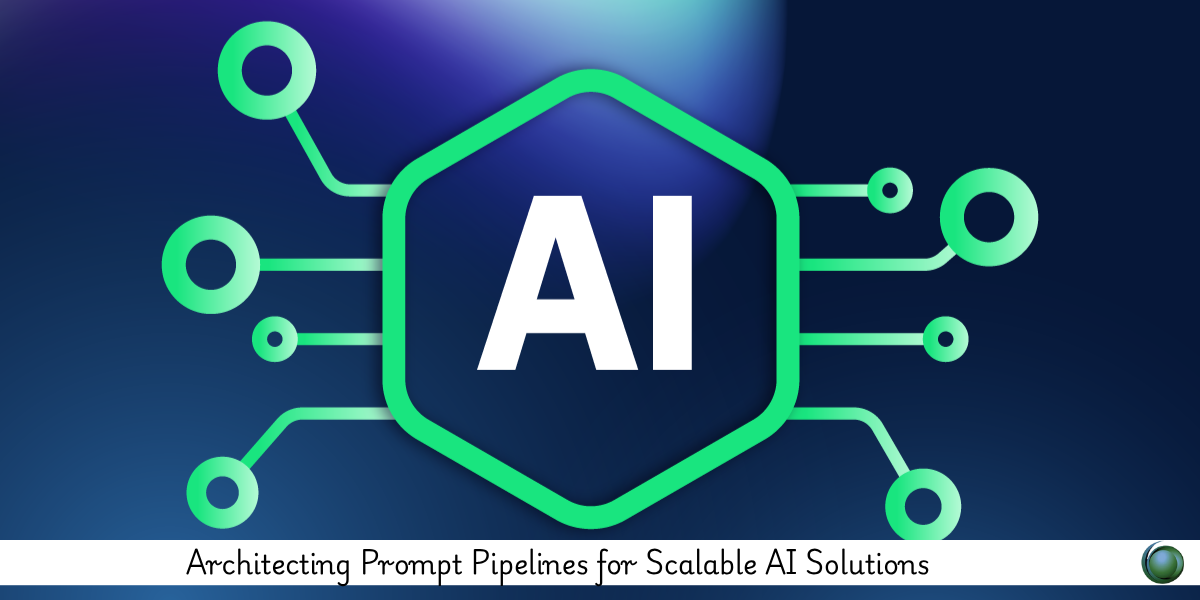Description
Introduction
As organizations scale their AI capabilities, the need for structured, repeatable, and scalable prompt workflows becomes critical. This course focuses on designing prompt pipelines that can automate complex tasks, integrate with APIs, handle large datasets, and deliver consistent results across varied use cases. You’ll learn how to architect robust prompt pipelines that bridge data, logic, and output generation efficiently.
Prerequisites
-
Foundational understanding of prompt engineering and LLMs
-
Familiarity with APIs, basic programming (e.g., Python or JavaScript)
-
Experience with AI/ML systems or cloud-based workflows is a plus
Table of Contents
-
Introduction to Prompt Pipelines
1.1 What is a Prompt Pipeline?
1.2 Benefits of Modular and Scalable Prompt Architectures
1.3 Real-World Use Cases (e.g., Customer Support, Research, Coding Tools) -
Designing Modular Prompt Stages
2.1 Input Preprocessing and Sanitization
2.2 Prompt Segmentation by Function (e.g., summarize → analyze → generate)
2.3 Reusable Prompt Templates and Tokens -
Tools and Frameworks for Prompt Pipelines
3.1 LangChain, LlamaIndex, PromptLayer
3.2 Connecting to APIs and Databases
3.3 Version Control for Prompt Components -
Chain-of-Thought and Multi-Prompt Structures
4.1 Building Sequential Logic for Complex Reasoning
4.2 Combining Prompts for Multi-Step Decisions
4.3 Handling Intermediate Outputs in Pipelines -
Integrating LLMs into Production Workflows
5.1 Batch Processing vs. Real-Time Inference
5.2 Embedding Prompt Pipelines in Apps, Chatbots, and Dashboards
5.3 Handling Latency and Throughput for High Volume Tasks -
Error Handling and Prompt Validation
6.1 Detecting Hallucination or Irrelevant Output
6.2 Prompt Failover Strategies and Re-tries
6.3 Logging and Observability -
Dynamic Prompting and Context Injection
7.1 Injecting User or Session Context
7.2 Using Memory or State Across Prompts
7.3 Parameterized Prompt Functions -
Scaling Prompt Workflows in Cloud Environments
8.1 Leveraging AWS Lambda, Azure Functions, or GCP for Prompt Flows
8.2 Parallel Execution and Distributed Prompting
8.3 Monitoring, Logging, and Cost Optimization -
Case Studies: Scalable Prompt Architectures
9.1 AI Research Assistants
9.2 Enterprise Knowledge Management Bots
9.3 Automated Code Review and Refactoring Pipelines -
Security, Governance, and Ethics
10.1 Managing Prompt Access and Prompt Injection Risks
10.2 Governance for LLM-Generated Outputs
10.3 Ensuring Responsible Use of Prompt Pipelines
Architecting scalable prompt pipelines empowers organizations to operationalize AI effectively and consistently. By building modular, reusable, and robust prompt workflows, teams can automate knowledge work, accelerate insights, and deliver AI at scale—all while maintaining control, accuracy, and performance.







Reviews
There are no reviews yet.